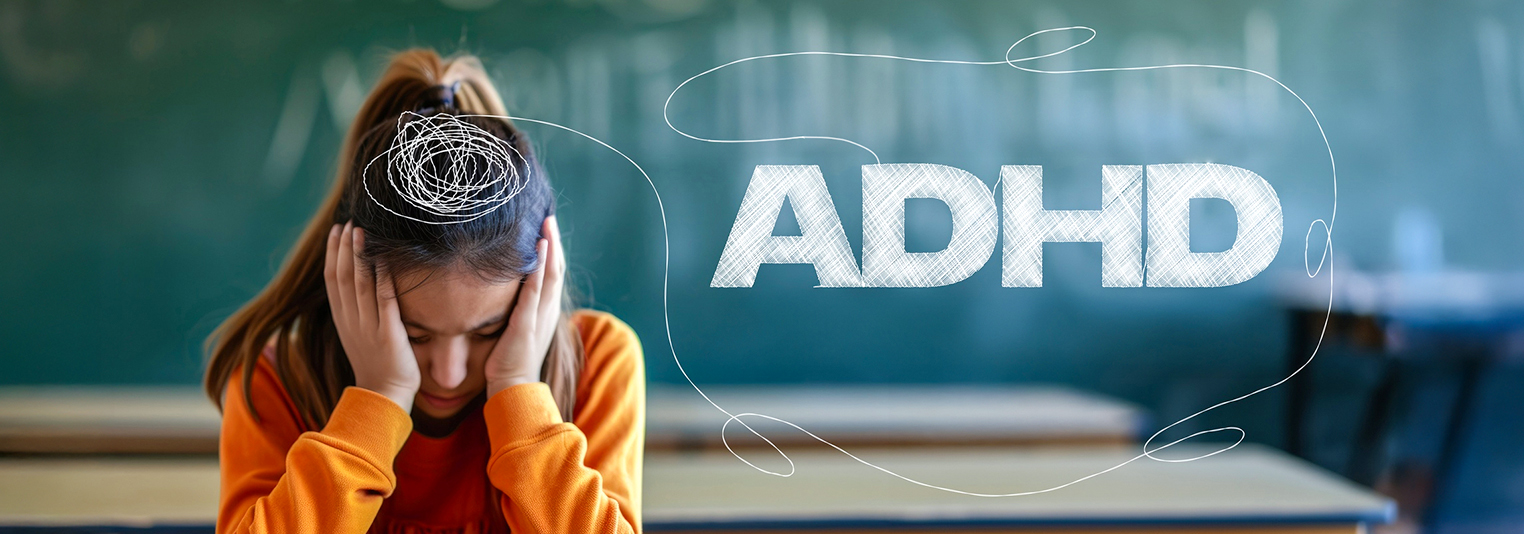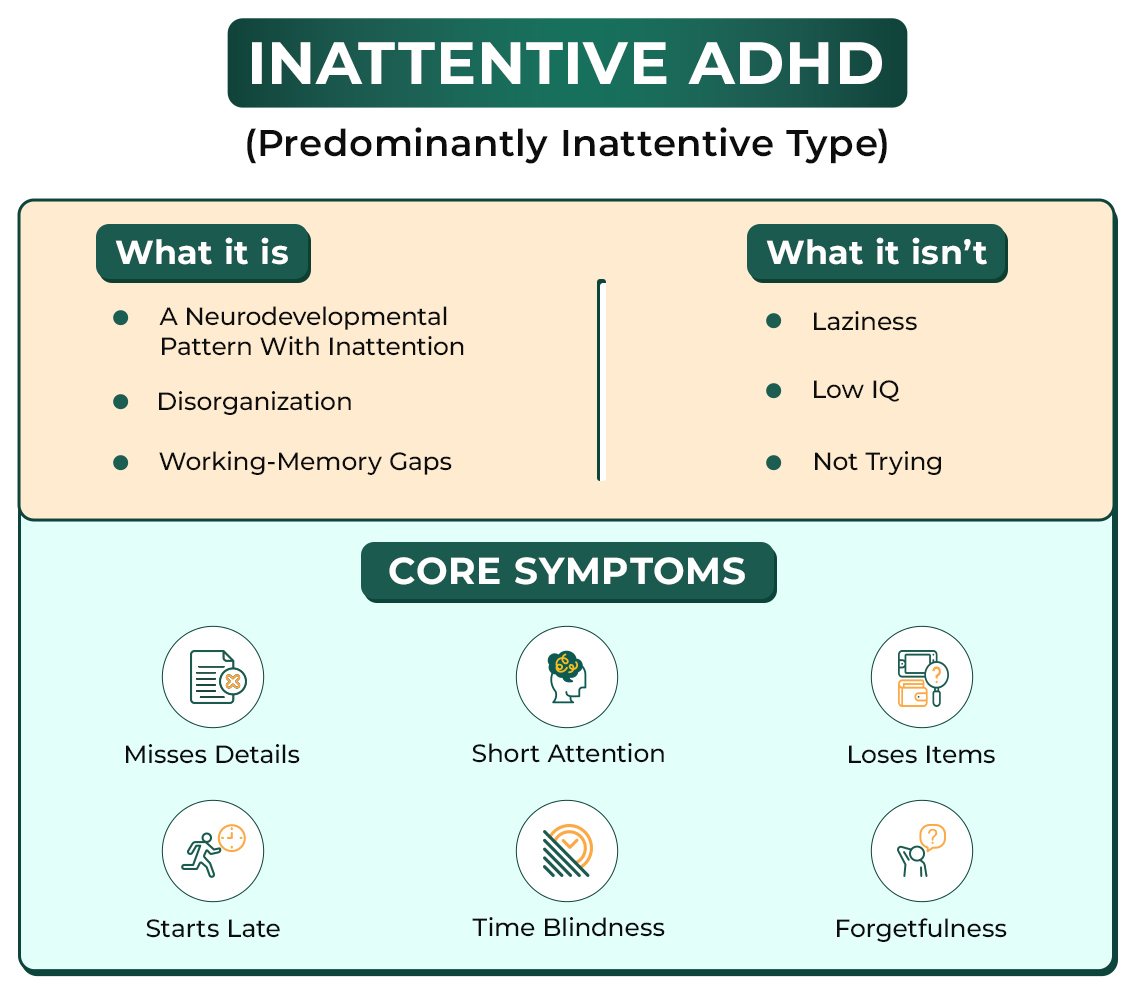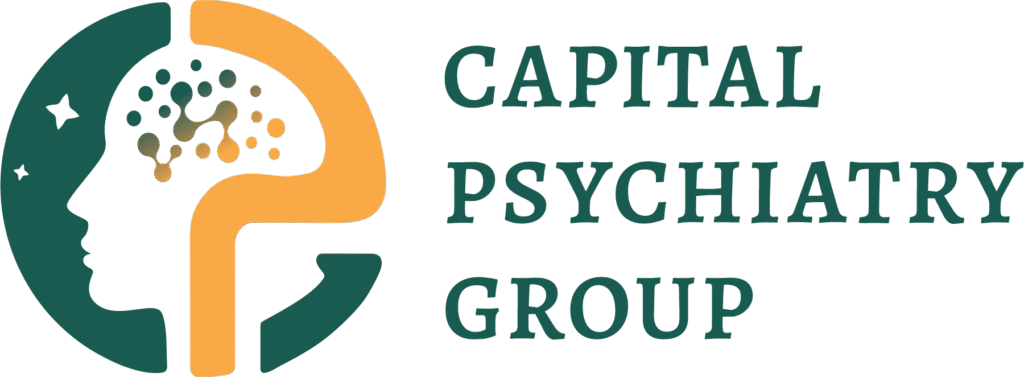
How ADHD Shows up (Kids, Teens, Adults)
- Missed details and careless mistakes on routine work
- Losing track of items, deadlines, and directions; time-blindness
- “Listening” but not retaining; mental drift during conversations
- Delayed starts, last-minute surges, uneven performance that swings with interest
- In adults: email pileups, overdue renewals, project sprawl, evening exhaustion
- In women, perfectionism and over-preparing mask symptoms; burnout and anxiety surface later
Inattentive vs. hyperactive ADHD
Struggling to Focus and Finish Tasks?
Causes of Inattentive ADHD in Women, Men
Common Underlying Causes
- Genetic inheritance
- Brain chemistry and circuits.
- Early developmental factors
- Environmental stressors
In Women
- Hormonal changes
- Over-preparing & perfectionism
- Inattentive symptoms may overlap with mood concerns
In Men
- Boys are diagnosed earlier
- Stronger genetic ties have been noted
- Difficulties with academics, work, and substance use
Diagnosis that Actually Clarifies Things
Common ICD-10-CM Codes for Inattentive ADHD
- F90.0 – ADHD, predominantly inattentive type
- F90.1 – Predominantly hyperactive-impulsive type
- F90.2 – Combined type
- Expert Insights
- What often looks like “lack of effort” can be an executive dysfunction.
- For inattentive ADHD, the bottleneck is task initiation, working memory, and time perception—not motivation.
- The fastest wins come from pairing the right-fit medication with CBT for ADHD.
School and Work Realities (and what helps)
What moves the needle:
- Teacher communication and targeted accommodations via a 504 Plan or IEP (extra time, chunked instructions, duplicates of materials, scaffolded deadlines)
- Brief, clear directions; written follow-ups; reduced distractions during work blocks
- For parents: routines, visual checklists, and praise for process, not just outcomes
- For adults at work: meeting agendas in advance, task batching, and a shared “next-step” tracker
Women, Hormones, and Life Stages
ADHD Risks, Links, and When to Act

Treatment that Works (and Fits Real Life)
- Stimulants (methylphenidate or amphetamine formulations) remain first-line for many. Long-acting versions smooth the day for school, work, parenting, and commuting.
- Non-stimulants (atomoxetine, guanfacine XR, clonidine XR; bupropion in some adults) help when stimulants aren’t preferred or tolerated.
Skills that make Monday easier
- Externalize time: two alarms for each task (start + submit); visual timers in view.
- Shrink the start: break work into 5–10-minute actions; celebrate the first move.
- Same cues, fewer decisions: one workspace, one playlist, one beverage will surely reduce friction.
- Two-bin rule: everything is either Action or Archive; touch once, decide once.
- Body basics: sleep, hydration, brief movement before deep work.
- Accountability: a 2-minute check-in by text or video at the start and end of a block.
- Did You Know?
- Women are underdiagnosed. Symptoms often present as overwhelm, forgetfulness, and mental fatigue rather than hyperactivity.
- Low effort ≠ low ability. Inattentive ADHD frequently coexists with strong reasoning and creativity.
- Tiny tweaks work. A 2-minute “launch ritual,” visual timers, and single-task blocks can lift output within days.
- Online care is effective. Telehealth medication management + CBT lets patients practice skills effectively.
ADHD Therapy Treatment Options
Core Evidence-Based Therapies for ADHD
- Cognitive Behavioral Therapy (CBT)
- Cognitive Therapy
- Behavior Modification Therapy
- Mindfulness-Based Cognitive Therapy (MBCT)
- Cognitive-Behavioral Family Therapy
Executive Function & Attention-Building Therapies for ADHD
- Executive Function Coaching
- Skills Training for Organization & Planning
- Time Management Training
Motivation, Emotional & Coping Support
- Motivational Interviewing
- Stress Management Therapy
- Supportive Psychotherapy
- Person-Centered Therapy
- Psychotherapy
- Anger Management (when frustration tolerance is low)
Family & Relationship Support
- Family Therapy / Marriage Therapy
- Relationship Counseling
Work / School / Performance Focused
- Work-Related Counseling
- Sport / Performance Counseling
- Counseling for First Responders
- Academic / Classroom Behavior Support
- College ADHD Coaching
Medication for Inattentive ADHD: Stimulants vs. Non-stimulants
Stimulants (first-line): methylphenidate (e.g., Ritalin, Concerta) and amphetamines (e.g., Adderall, Vyvanse).
- Why they help: boost dopamine/norepinephrine to produce better focus, task initiation, and working memory.
- Onset & duration: fast (30–60 min). Long-acting options cover school/work days; short-acting can “top up” late afternoons.
- Watch-outs: appetite/sleep changes, irritability, increasing HR/BP; rare tics. We titrate slowly, pick long-acting to reduce rebound, and schedule check-ins via telehealth.
Non-stimulants (when Stimulants aren’t a Fit or as Add-ons)
- Atomoxetine (Strattera): steadier mood/anxiety, useful for ADHD-inattentive with co-anxiety.
- Guanfacine XR / Clonidine XR: helpful for sleep, emotional lability, and evening focus; often adjunct.
Ritalin for Inattentive ADHD & Other Stimulants (Pros/Cons)
- Ritalin/methylphenidate: often smoother appetite/sleep profile; many long-acting versions (Concerta, Ritalin LA).
- Amphetamine class: longer coverage (e.g. Vyvanse’s prodrug design), strong effect size; can be “too activating” for some.
- Choosing a path: prior response, side-effect tolerance, work/school schedule, insurance, and diversion risk. We prefer long-acting, tamper-resistant formulations when appropriate.
Need Routines That Actually Stick?
Fast tele/onsite follow-ups with real techniques & tools.
- Medication + CBT strategies in HIPSS-secure tele-visits.
- Track progress and get results quickly.
Skills That Help: Practical Strategies for Focus
From medication CBT for ADHD and behavioral therapy:
- Externalize time: visual timers, calendar blocks, phone alarms.
- Cue-stacking: pair a task with an existing habit (coffee & open planner).
- Single-tab work & phone parking: cut digital friction.
- Night-before setup: lay out tasks/materials to lower start-up cost.
“Do I need meds or skills?” Often Both
Get ADHD Care: Therapy, Medication, Counseling
Capital Psychiatry Group delivers care exclusively via telepsychiatry for New Jersey residents. That means.
- Full diagnostic evaluations and e-prescribing
- Medication adjustments and brief focus coaching via secure video
- School/work notes and documentation for 504/IEP when appropriate
Same-Day Online/Onsite ADHD Care with CPG
Want to Improve Focus and Clarity with CPG?
Quick FAQs
What are the key symptoms of inattentive ADHD?
Are stimulants safe?
Do online tests diagnose ADHD?
Do women present inattentive ADHD symptoms differently?
Is there therapy for inattentive ADHD?
What therapy helps adults the most?
How we reviewed this article:
CPG experts follow strict sourcing standards, using peer-reviewed research, academic institutions, and trusted medical journals. Only reliable, evidence-based sources are cited to maintain accuracy and integrity.
- https://www.healthline.com/health/adhd/how-to-establish-a-bedtime-routine-with-adhd
- https://www.healthline.com/health/adhd/task-switching-adhd
- https://www.audhdpsychiatry.co.uk/habit-stacking-for-adhd/
- https://www.verywellmind.com/mindfulness-based-cognitive-therapy-1067396
- https://www.healthline.com/health/adhd/how-to-time-block-with-adhd
- https://www.sciencedirect.com/science/article/pii/S1077722921001371
- https://pmc.ncbi.nlm.nih.gov/articles/PMC3874265/
- https://www.cdc.gov/adhd/treatment/index.html
- https://www.getinflow.io/post/get-things-done-with-adhd
- https://www.ruhealth.org/sites/default/files/PH/roda/docs/Overamping%20Stimulant%20Overdose.pdf
- https://my.clevelandclinic.org/health/treatments/11766-adhd-medication
- https://pmc.ncbi.nlm.nih.gov/articles/PMC7046577/
- https://www.verywellmind.com/section-504-accommodations-students-adhd-20812
- https://my.clevelandclinic.org/health/diseases/15253-inattentive-adhd
Clinical Adviser:
Author:



